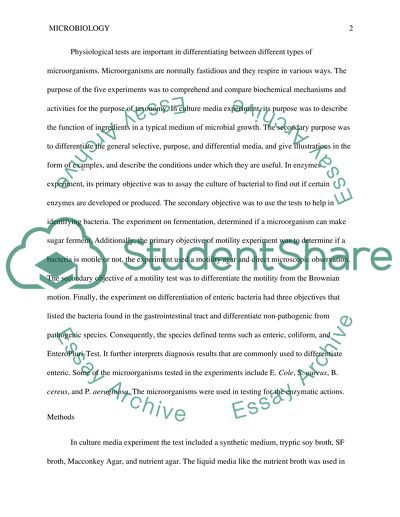Cite this document
(“Differentiation of Microorganisms Lab Report Example | Topics and Well Written Essays - 1000 words”, n.d.)
Retrieved from https://studentshare.org/biology/1487512-differentiation-of-microorganisms-micro-biology
Retrieved from https://studentshare.org/biology/1487512-differentiation-of-microorganisms-micro-biology
(Differentiation of Microorganisms Lab Report Example | Topics and Well Written Essays - 1000 Words)
https://studentshare.org/biology/1487512-differentiation-of-microorganisms-micro-biology.
https://studentshare.org/biology/1487512-differentiation-of-microorganisms-micro-biology.
“Differentiation of Microorganisms Lab Report Example | Topics and Well Written Essays - 1000 Words”, n.d. https://studentshare.org/biology/1487512-differentiation-of-microorganisms-micro-biology.


